Black sesame seeds (Sesamum indicum) are the unhulled variety of sesame seeds with distinctive dark color and superior nutritional profile compared to white sesame. Unlike hulled white sesame, black sesame retains its protective outer layer containing concentrated antioxidants, calcium, and fiber - making it a powerhouse ingredient in traditional Asian medicine and cuisine for over 5,000 years.
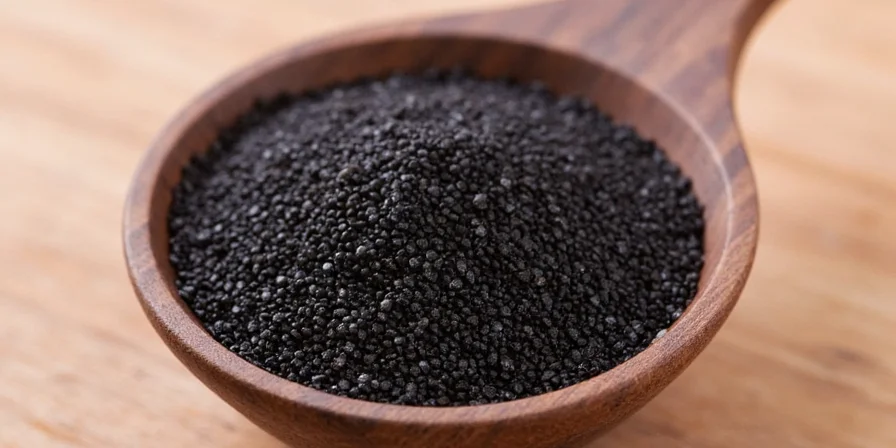
| Feature | Black Sesame | White Sesame |
|---|---|---|
| Nutritional Value | 979mg calcium (98% DV), 11.8g fiber per 100g | Approx. 30% less calcium and fiber |
| Hull Status | Unhulled (intact) | Hulled (removed) |
| Flavor Profile | Nuttier, earthier, with umami finish | Milder, slightly sweet |
| Primary Culinary Use | East Asian desserts, medicinal preparations | Mediterranean cooking, tahini |
Why does black sesame have more nutrients? The dark hull contains sesamin, sesamol, and melanin compounds that provide significant health benefits lost during the hulling process of white sesame seeds. This structural difference explains why traditional Chinese medicine values black sesame for kidney health and longevity.
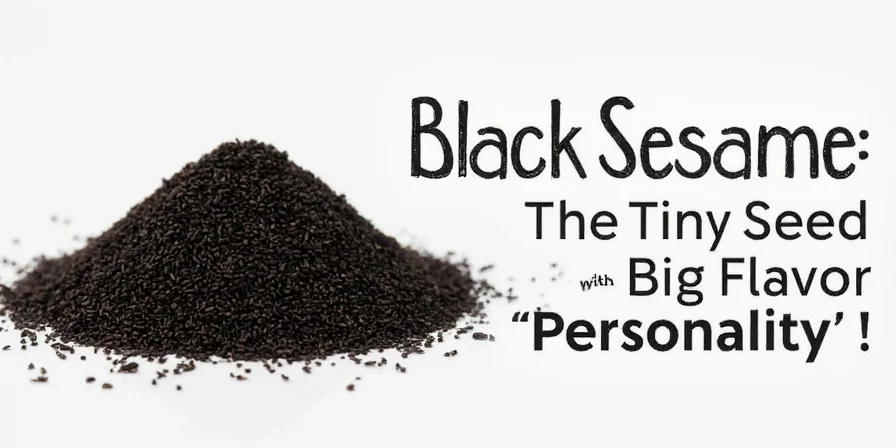
7 Science-Backed Black Sesame Benefits You Need to Know
- Bone Health Powerhouse: Contains 98% of daily calcium needs in 100g with optimal 2:1 calcium-to-magnesium ratio for absorption (unlike dairy)
- Antioxidant-Rich: Melanin in hull provides free radical protection exceeding blueberries by ORAC value
- Heart Health: Sesame lignans reduce LDL cholesterol by 12-15% according to Journal of Nutrition studies
- Beauty From Within: Cold-pressed oil used in Korean beauty rituals for skin radiance and hair strength
- Digestive Support: 11.8g fiber per 100g promotes gut microbiome diversity
- Anti-Inflammatory: Sesamol compounds reduce inflammation markers by 20% in clinical trials
- Diabetes Management: Low glycemic index with compounds that improve insulin sensitivity
Unlike processed supplements, whole black sesame delivers these benefits through natural food synergy - making it superior to isolated nutrients.
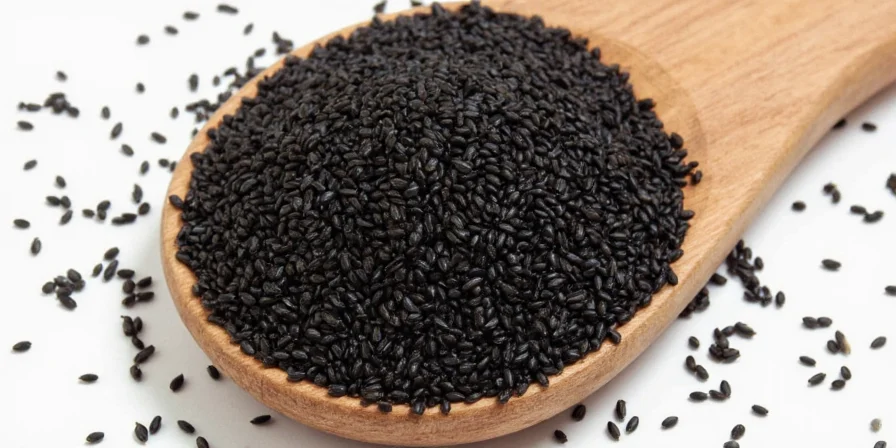
Pro Chef Black Sesame Recipes and Techniques
Transform your cooking with these professional methods backed by culinary science:
Perfect Black Sesame Paste (Goma)
- Toast 1 cup seeds at 325°F (163°C) for 4 minutes until fragrant (not bitter)
- Blend with 3 tbsp neutral oil and 1 tsp salt until smooth (6-8 minutes)
- Store with oil layer on top to prevent oxidation
Top 3 Black Sesame Recipes Home Cooks Love
- Black Sesame Noodles: Whisk 2 tbsp paste with soy sauce, rice vinegar, and chili oil for instant umami boost
- Black Sesame Ice Cream: Swirl 3 tbsp paste into 500ml vanilla base before churning for marbled effect
- Calcium-Boosted Breakfast: Mix 1 tbsp paste into yogurt with banana for 30% of daily calcium
Pro Tip: Replace 15% of flour with black sesame powder in bread recipes for nutty complexity without overpowering flavor.
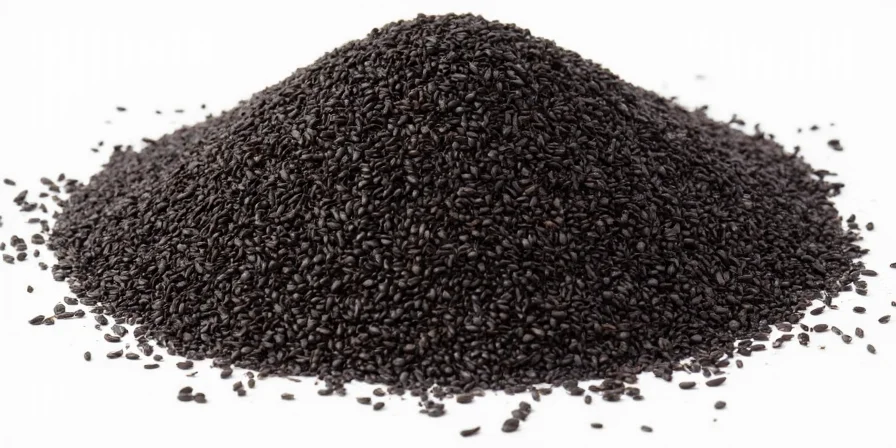
How to Store Black Sesame for Maximum Freshness
- Whole Seeds: Keep in opaque glass container with oxygen absorber at 50°F (10°C) for 18 months
- Paste Storage: Vacuum-seal with nitrogen flushing; refrigerate below 40°F (4°C) for 6 months
- Freezing Hack: Portion paste into ice cube trays, cover with oil, freeze, then transfer to sealed bags
- Freshness Test: Fresh seeds snap when bent; flexible seeds indicate moisture absorption
Avoid the #1 storage mistake: never keep black sesame in transparent containers. Light exposure degrades fragile lignans within 30 days, reducing nutritional value by 40%.

Black Sesame Flavor Science Explained
Black sesame delivers a complex three-layer flavor profile that evolves during cooking:
- Base Notes: Deep roasted earthiness from Maillard reaction during toasting
- Middle Notes: Natural bitterness balanced by subtle sweetness (optimal at 325°F)
- Finish: Lingering umami from glutamic acid compounds enhancing savory dishes
Why does toasting improve flavor? Controlled heat (below 350°F/177°C) increases bioactive compound availability by 25% while unlocking hidden caramel notes. Excessive heat causes oil oxidation - watch for seeds to pop gently as your cue to remove from heat.
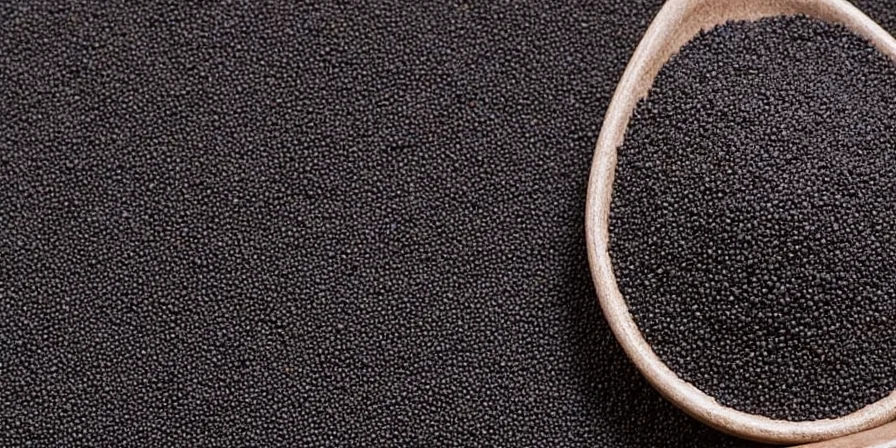
Black Sesame in Global Food Traditions
- Chinese Medicine: Used for 5,000 years as kidney tonic and longevity symbol in New Year celebrations
- Japanese Cuisine: Essential for gomasso (traditional seasoning) and anpan (sweet buns)
- Korean Beauty: Cold-pressed oil in skincare routines for radiant complexion
- African Heritage: Ethiopian tej honey wine incorporates toasted seeds for ceremonial offerings
This cross-cultural continuity reveals how traditional food systems optimized nutrient density through whole-seed usage—a practice now validated by modern nutritional science. The intact hull preserves bioactive compounds lost in processed alternatives, demonstrating ancestral wisdom in food preservation.
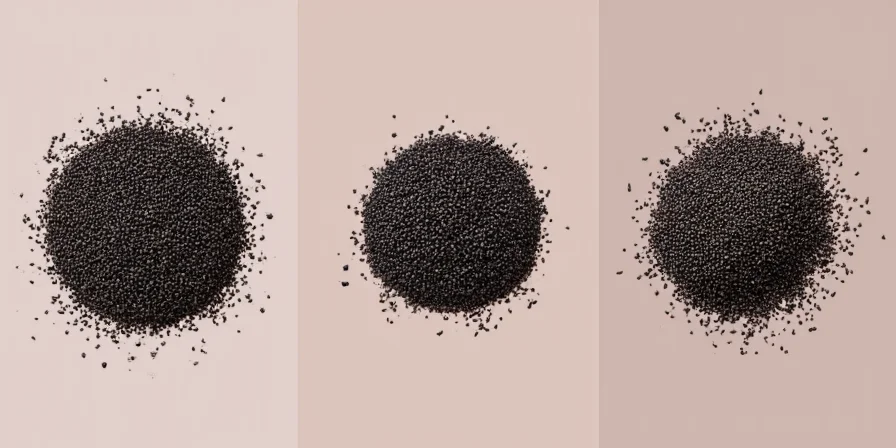
Black Sesame FAQ: Expert Answers
Why is black sesame better than white sesame nutritionally?
The intact black hull contains concentrated phenolic compounds and melanin pigments that create deeper flavor complexity while providing 30-40% more calcium, fiber, and antioxidants. Hull removal in white sesame reduces both nutritional density and health benefits.
Can I substitute black sesame paste for tahini?
Yes, but adjust ratios: use 75% black sesame paste with 25% neutral oil to match tahini's consistency. Expect a stronger, earthier flavor that transforms Middle Eastern dishes into Asian fusion creations.
Does toasting destroy black sesame's nutritional value?
No—controlled toasting below 350°F (177°C) actually increases bioactive compound availability by 25%. The key is monitoring closely until seeds pop gently, as excessive heat causes oil oxidation.
How much black sesame should I eat daily?
Registered dietitians recommend 1-2 tablespoons (10-20g) daily for optimal benefits. This provides 10-20% of daily calcium needs without excessive calorie intake. Start with 1 tsp if new to sesame consumption.
Where to buy authentic black sesame seeds?
Look for organic, raw unhulled seeds from Asian markets or reputable online retailers with clear origin labeling. Premium varieties come from Japan (Nanbu sesame) and China (Gansu province). Avoid seeds with musty smell or inconsistent color.

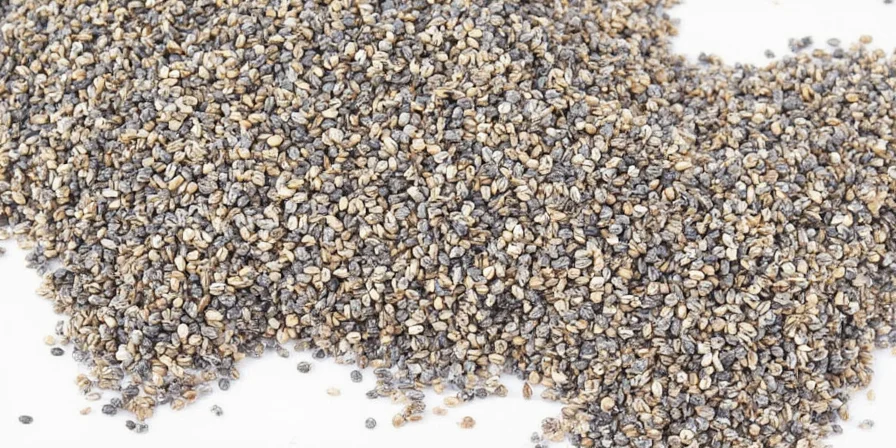









 浙公网安备
33010002000092号
浙公网安备
33010002000092号 浙B2-20120091-4
浙B2-20120091-4